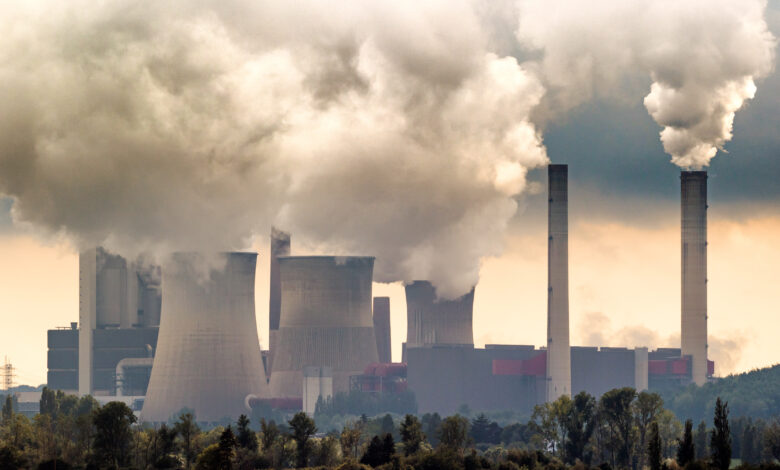Japan Commences Controversial Release of Fukushima Water into Pacific Ocean

Japan has initiated the contentious process of releasing treated radioactive water from the Fukushima nuclear plant into the Pacific Ocean, a move that has sparked widespread concern among its neighboring countries.
The decision to release this water comes after the United Nations’ nuclear watchdog gave its approval to the plan, which aims to address the growing dilemma of managing over 1.34 million tonnes of contaminated water. This staggering volume is equivalent to filling 500 Olympic-size swimming pools and has been accumulating since the Fukushima plant was devastated by a tsunami in 2011.
The treated water, which has undergone rigorous filtration and dilution processes, will be gradually released over the course of 30 years, according to Japan’s Prime Minister Fumio Kishida. The decision was made following a Cabinet meeting where authorities confirmed that the plant’s operator would be prepared to begin the disposal process on August 24, provided that weather and sea conditions remain favorable.
The Fukushima Daiichi Nuclear Power Plant, located approximately 220 kilometers (137 miles) northeast of Tokyo, faced catastrophe when a magnitude 9.0 earthquake triggered a massive tsunami in 2011. This event is widely regarded as one of the most severe nuclear disasters since Chernobyl. In its aftermath, the area around the plant was transformed into an exclusion zone, forcing more than 150,000 residents to evacuate as radiation leaked from the facility.
The release of this treated water has been a contentious issue in Asia and the Pacific region, with concerns ranging from its potential impact on livelihoods, particularly among fishermen, to broader environmental and public health worries.
While Tokyo insists that discharging the treated water poses negligible risks to people and the environment, many remain apprehensive. The treated water still contains tritium and carbon-14, radioactive isotopes of hydrogen and carbon that cannot be entirely removed from water. However, experts emphasize that these elements pose minimal danger unless consumed in large quantities due to their low radiation emissions.
Professor Jim Smith of the University of Portsmouth underscores the safety of the release, noting that “radiation doses to people will be vanishingly small – more than a thousand times less than doses we all get from natural radiation every year.”
Furthermore, experts stress the vastness of the Pacific Ocean, into which the contaminated water will be released, noting that any potential contamination will be massively diluted.
China has been the most vocal opponent of Japan’s plan, accusing it of treating the ocean as a “private sewer.” Chinese Foreign Ministry Spokesperson Wang Wenbin reiterated Beijing’s objections, promising measures to safeguard marine environments, food safety, and public health.
Hong Kong has announced immediate import restrictions on certain Japanese food products, while both South Korea and China have previously banned fish imports from the Fukushima region.
In contrast, South Korea’s government has endorsed the plan and accused protesters of fearmongering.
Japan’s decision to release the Fukushima water is a complex issue, highlighting the challenging balance between its responsibility to address the nuclear legacy and the concerns of its neighbors. As the process unfolds, it remains a subject of intense international scrutiny and debate.





